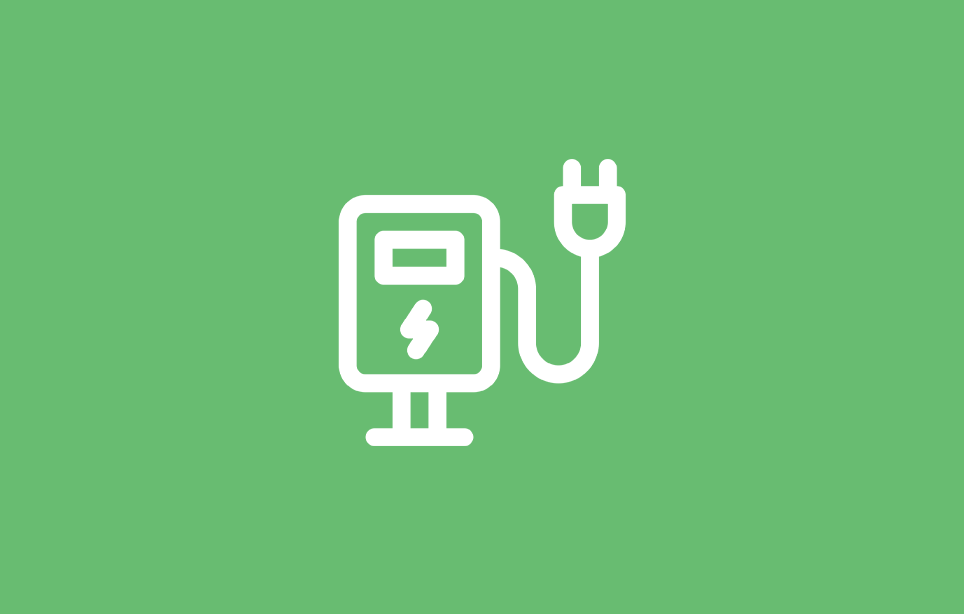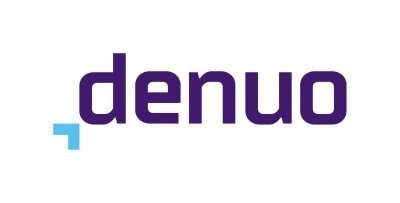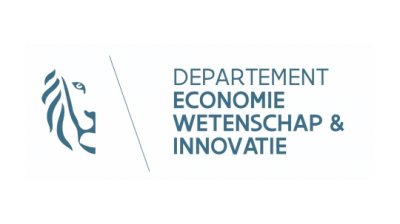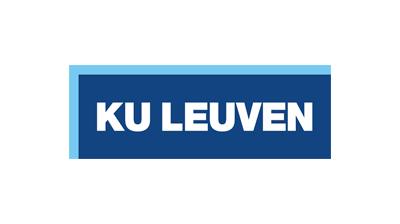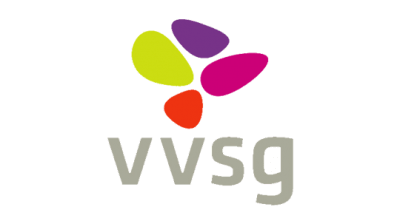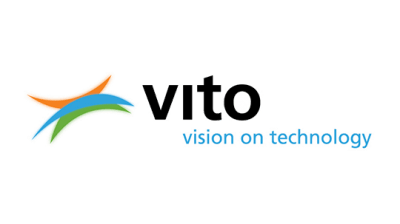ICT hardware has a significant impact on both social and environmental aspects, from production to usage and the processing of e-waste. Fair ICT Flanders infographics indicate that the most substantial impact occurs during the production phase. Therefore, extending the lifespan of ICT hardware is the primary circular goal we should focus on.
Considering that energy consumption largely affects operational costs, using the life cycle costs (LCC) as a price criterion when purchasing IT equipment is beneficial.
In summary, there are compelling reasons to strive for circular procurement of ICT hardware. By prolonging the usage period and being conscious of production and energy consumption impacts, we can significantly reduce the social and environmental footprint of ICT hardware. The CFIT Framework for Circular and Fair ICT Procurement can provide valuable guidelines and criteria to support organizations in achieving these objectives.
Circular procurement strategies for ICT
.png)
- Internal resource sharing reduces the need for excessive product purchases, such as sharing external screens within the organization. Consider building occupancy to determine the required number of screens. Since personnel presence is not always at 100%, providing screens for the entire workforce may not be necessary.
- Renting or leasing may not be inherently circular, especially when short usage periods are the norm. Ensuring transparency and effectively closing the chain are crucial to enable reuse or extended lifespan.
- Promote reuse within the organization by using older equipment for profiles or tasks with lower functional requirements. Additionally, devices from departing employees can be reused by providing them to new staff members.
- Consider external reuse by donating or selling used equipment. Ensure secure data removal guarantees. For international donations, account for additional CO2 emissions from transportation and request guarantees to prevent e-waste dumping after the second lifecycle.
.png)
- Consider procuring refurbished or second-hand ICT equipment. Refurbished devices offer comparable quality to new ones and come with warranties, reducing the use of new resources.
- Incorporate energy consumption as a criterion in your tenders, for example, through life cycle costs (LCC). The European LCC tool provides more information. Energy usage is a significant cost factor in ICT and has a considerable impact on CO2 emissions.
- Pay attention to the packaging and transportation of equipment. Consider delivery in laptop bags or reusable boxes. Set requirements for the delivery and repair fleet. Whenever possible, prioritize on-site repairs. The generic criterion for packaging may also apply here.
.png)
- Extend the warranty period: Establish a longer warranty period or inquire about the additional cost for an extra year of warranty as an option in your specifications.
- Contractual arrangements for maintenance and repairs after the warranty period: Consider including this directly in your contract with the supplier or enter a separate contract with a reliable external repair service. Organizations may also consider an in-house maintenance service or collaborate with a technical school specializing in hardware maintenance.
- Upgradeable products: Request simple expansion options for memory in the equipment.
- Design for a long lifespan: Pay attention to battery life and include criteria for resistance to shocks, vibrations, drops, and temperature fluctuations. Use additional protection to prevent damage, such as screen protectors, cases, and carrying bags.
- Repairability and maintainability: Consider using iFixit's repairability scores for smartphones, tablets, and laptops, based on battery replaceability with standard tools. You can mandate battery replaceability in your specifications. iFixit also provides repair guides. Include in your specifications how long the supplier must make spare parts available (e.g., 5 years) and request a price list.
- Optimization based on usage profiles: Determine the usage period based on the user's functional needs rather than using generic standard terms.
.png)
- Design for disassembly and modular design: This design approach promotes the reuse of the product after refurbishment or the high-value utilization of its components.
- Upgradeability refers to the ability to replace or upgrade specific parts of a device to improve performance. For example, upgrading the RAM of a laptop to increase speed and multitasking capacity.
- Repairability involves the ability to repair a device when a malfunction occurs, such as replacing a broken battery in a smartphone or repairing a damaged screen.
- Maintainability relates to the ease with which a device can be maintained to ensure optimal performance, including cleaning ventilation openings to prevent overheating or performing regular software updates.
- Contractual arrangements for take-back and reuse with the supplier: Include these agreements in your specifications and request guarantees and transparency regarding the reuse and potential residual value of the products. This encourages the supplier to achieve a closed-loop system and extract value from the taken-back equipment.
- Stimulating circular business models:
- Enter into a contract with a refurbisher. The refurbisher can return the refurbished devices to your organization or sell them to other customers. They can also reuse functional components in other equipment.
- Collaborate with specialized reuse centers and second-hand shops. They can sell usable equipment after visual inspection. For other products, engage an authorized collector to process the materials responsibly.
- Always ensure transparency about what happens to the equipment (is the loop closed?), and provide guarantees for secure data removal to safeguard privacy.
.png)
- Design for recycling: Ensure that the equipment is easily disassembled, and critical raw materials can be efficiently recovered. This facilitates recycling processes and minimizes the loss of valuable materials.
- Material transparency: Include criteria in your specifications that plastic components must be clearly marked with the type of plastic, following relevant ISO standards. This eases the separation and recycling of different plastic materials.
- Contractual arrangements for take-back and recycling: Specify in your tender that the supplier is responsible for taking back and recycling equipment that cannot be reused. Ensure transparency about the processing and potential residual value of the materials.
- Reducing toxicity: Avoid using toxic substances during production and in the product itself, as they can be harmful to both employees and users. Transparency about the chemicals used and compliance with Reach regulations is essential. Refer to the EU GPP criteria and TCO Certified's list of permitted chemicals to avoid hazardous substitutions.
- Promoting circular business models: Collaborate with IHM certified collectors and ensure that equipment is disposed of at recognized processors. Always request transparency about closing the material loop and guarantees for secure data wiping.
Sustainability labels
There are recognized labels available for IT hardware, such as TCO Certified, EPEAT (bronze, silver, gold), and Blaue Engel for imaging equipment. TCO Certified and EPEAT have a significant market share. These labels can be included in the tender as technical requirements, with the mention of "or an equivalent certification." This means that suppliers can demonstrate compliance with the label's criteria through a dossier. The use of recognized labels provides benefits as it ensures the purchaser that the required conditions are met.
However, one drawback is that obtaining a label can often be costly and time-consuming, making it challenging for smaller enterprises, such as refurbishers, to obtain a label. This can be addressed by requiring the label unless the focus is specifically on refurbishment. This way, there can be room for alternative evidence of sustainability criteria by smaller enterprises that may not have achieved an official label.
Criteria
- The EU GPP website provides an extensive dossier with criteria for monitors, computers, tablets, and smartphones.
- Bond Beter Leefmilieu, in collaboration with the Provincie Antwerpen, developed a Standard Specification for the purchase of ICT equipment.
- Relevant criteria under the cluster of automation and telecommunication can be found on the MVI criteriatool.
- The product sheet for PCs, laptops, and monitors from the Flemish government offers an overview of sustainability criteria.
- The guide for sustainable procurement also includes a chapter on PCs, laptops, and monitors.
- Additionally, organizations such as ICLEI, Electronics Watch, Procura+, and Make ICT Fair have jointly published 'How to procure fair ICT hardware - Criteria set for socially responsible public procurement' (in English).
Ethical issues
The ICT product group faces numerous ethical challenges. Ensuring transparency regarding compliance with ILO conventions and human rights throughout the entire value chain is crucial but not always straightforward. Fortunately, the public procurement law (Article 7) allows for explicit requirements stating that every subcontractor (at any level) and every person employing staff for contract execution must comply with all relevant social and labor legislation, whether at the international, European, or national level.
The ethical clause of the Flemish government can be utilized to include these requirements in the tender documents. Moreover, organizations like TCO-certified and Electronics Watch can offer advice and support on this matter.
LCC - Life Cycle cost
The public procurement law requires selecting the most economically advantageous tender (MEAT - most economically advantageous tender). In this context, the cost can be calculated based on the product's life cycle, known as the Life Cycle Cost (LCC). LCC encompasses not only the acquisition costs but also the operational and disposal costs, as well as the external costs to the environment and society.
For ICT hardware, electricity bills, repair costs, and upgrade possibilities constitute a significant portion of the operational expenses. Therefore, it is certainly worthwhile to use a TCO (Total Cost of Ownership) or LCC analysis to select the most advantageous proposal. The EU GPP Green Public Procurement) tool for LCC of computers and monitors, along with its accompanying guide, can assist you and provide support in making well-informed decisions..
Circular Procurement Cases - ICT
The Ministry of Economic Affairs and Climate Policy, responsible for providing IT equipment for the entire Dutch government, has set a precedent for future tenders on how to challenge the market on v…
In November 2022, the Norwegian central procurement body launched a call for tenders for a framework agreement for the reuse and recycling of ICT equipment of 191 central government organisations. Th…
Try to imagine that a smartphone brand can guarantee you that àll components are made and assembled by workers who are paid fairly for their work. Go one step further and imagine a smartphone manufac…
Publications about Circular ICT
This example of the Swiss government demonstrates how they were able to reward higher content of recycled plastics in the computer monitors they purchased. The reference to certification, made it ver…
This inspiring case introduces examples on how to nudge employees to use products better and longer. Eg.: replacement policies taking away incentives resulting in early replacement, or the the possib…
The county Viken in Norway have incorporated various elements in their 2021 tender to enhance reparability of smartphones in view of life time extension.
The Flanders Agency for Facilities Operations, explains how they incorporate social and ethical responsibility in a 2022 tender. The approach of the Agency includes collaboration with Electronics Wat…
In this example you can read how the Central Dutch Government is driving CO2-emission reduction accross scope 1-3 emissions, through their tender and related contract management for workplace equipme…
Circular procurement starts with only buying what you really need. This example illustrates how the Swiss government avoids the supply of unnecessary accessories in their 2021 tender for the procurem…
This document sets out the framework within which CFIT procuring participants will operate to the best of their capabilities and in line with their national and/or organisational priorities.
Circular procurement is a key driver of sustainability, underscoring the potential of organisations to influence the shift towards a more resource-efficient and resilient future. Johan Rodenhuis, a s…
The Circular and Fair ICT Pact is an international partnership that aims to accelerate sustainable production and use of circular and fair ICT products through the power of procurement. The CFIT fram…
This whitepaper takes the views of Conrad Mohr and Dr Albert Sanchez-Graells as they explore remanufactured products role in the public procurement process. Input on public procurement from Dr Albert…
This TCO report explains how the linear production and consumption of IT products contribute to the climate crisis, the unsustainable depletion of natural resources and enormous amounts of toxic e-wa…
Hazardous substances in IT products are a risk to human health and the environment. Criteria in TCO Certified aim to reduce or eliminate the use of these substances, drive transparency and develop pa…
Software plays an important role in determining the environmental impact of ICT products. It has a measurable impact on computer-hardware energy consumption and increasing requirements can make it ne…
Within the Interreg NSR project ProCirc a webinar was organised about circular ICT.
This report is part of NGI Forward, the strategy and policy arm of the European Commission’s flagship Next Generation Internet (NGI) initiative, which seeks to build a more democratic, inclusive, res…
This Fair ICT Flanders infographic provides an overview of the various risks within the ICT supply chain. The route from raw material to final product is long and complex. Many actors are involved in…
If your organization is prepared to work on a fair ICT policy, it is important to consider a few questions in order to arrive at a concrete action plan. Why does your organization want to take on a p…
Between 60 and 85% of the CO2 emissions from ICT devices such as smartphones, laptops, tablets… come from the production phase. Purchasing organizations can drastically limit the impact of this phase…
This infographic from Fair ICT Flanders shows the decision-making process for the purchase of ICT hardware in a few steps. It allows buyers to reflect on their needs and also offers alternatives to n…
Building on the experience from organising market engagement as part of the Make ICT Fair project, ICLEI - Local Governments for Sustainability and Electronics Watch recommend to procurers a dialogue…
This website is the Flemish reference for Fair & Circular IT. FiF is a 3 year long project run by CATAPA vzw, Bond Beter Leefmilieu and Ondernemers voor Ondernemers and financed by the Flemisch Gover…
This report examines the current sustainability landscape of the tech sector. It provides a detailed framework for infrastructure and operations (I&O) leaders to analyze sustainability and outlines s…
This is an English translation of short case descriptions that are part of a larger report on Circular Procurement and Strategies among Norwegian Municipalities, developed by Inventura AS on behalf o…
This report presents the findings of work which estimates the value of a range of consumer electronics products following their first sale, alongside the estimated cost of recovering those products a…
The EU LIFE REBus (Resource Efficient Business Models) project1 aims to reduce the use of raw materials or extend the lifetime of products by demonstrating the commercial case for European businesses…
The criteria document aims to support experienced procurers in leveraging public purchases of Information and Communication Technology (ICT) hardware to positively impact working conditions across th…
The European Commission has developped a series of sector specific LCC calculation tools which aim to facilitate the use of LCC amongst public procurers. This is the user guide for the LCC tool for G…
The European Commission has developped a series of sector specific LCC calculation tools which aim to facilitate the use of LCC amongst public procurers. This is the LCC tool for GPP of computers and…
The European Commission have developped a series of sector specific LCC calculation tools which aim to facilitate the use of LCC amongst public procurers. This is the users guide for the LCC tool for…
The European Commission have developped a series of sector specific LCC calculation tools which aim to facilitate the use of LCC amongst public procurers. This the LCC tool for GPP of Imaging Equipme…
The EU GPP criteria are developed to facilitate the inclusion of green requirements in public tender documents. While the adopted EU GPP criteria aim to reach a good balance between environmental per…
The EU GPP criteria are developed to facilitate the inclusion of green requirements in public tender documents. While the adopted EU GPP criteria aim to reach a good balance between environmental per…
The project objectives were to map out the extent to which more circular business models are being adopted in the mobile phone and service industry, and identify how this adoption can be accelerated.…
Legal, operational and financial solutions to unlock the potential of the ‘Fairphone-as-a-Service’ model
Overview of product categories
Information about circular procument and example cases per specific product category.
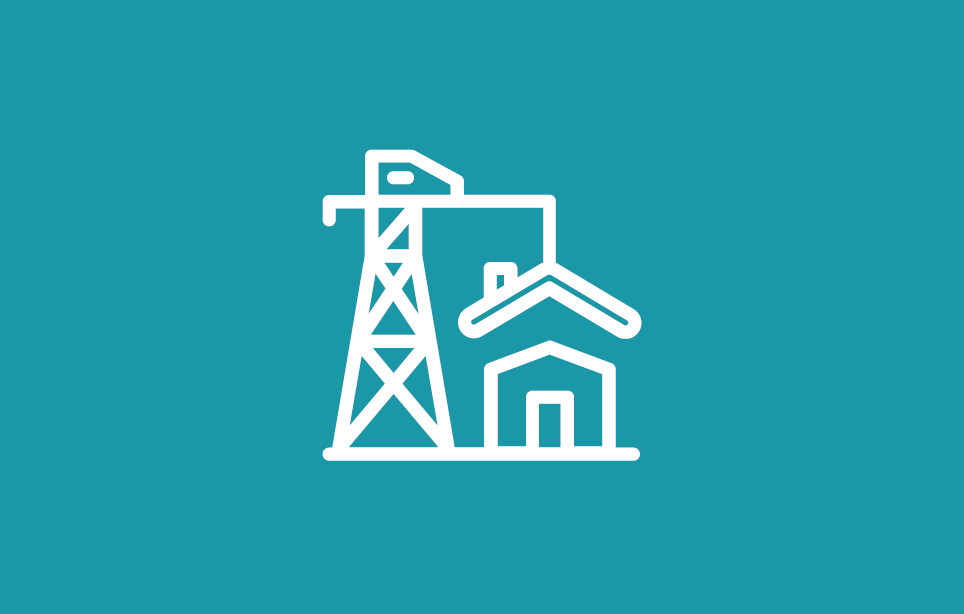

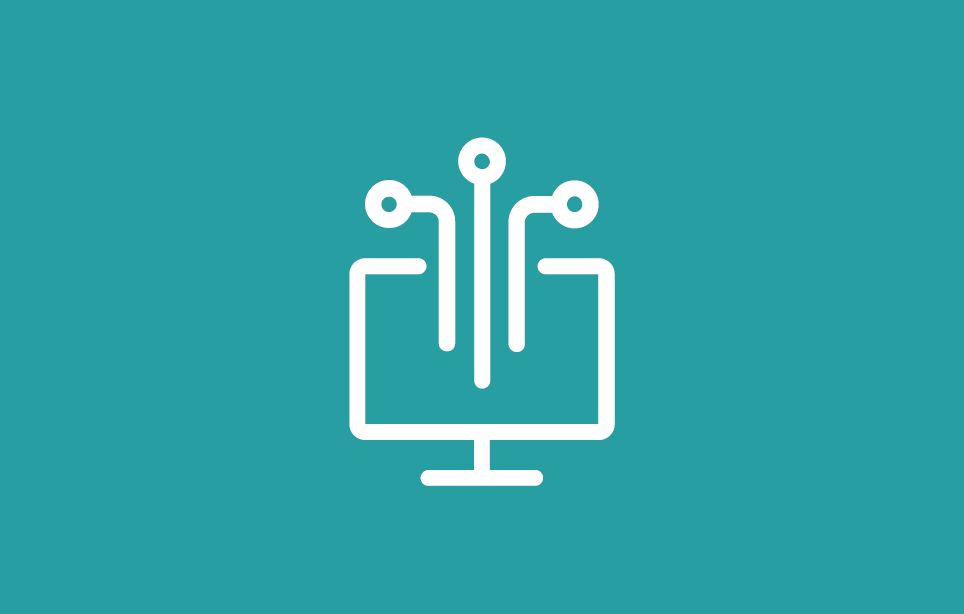
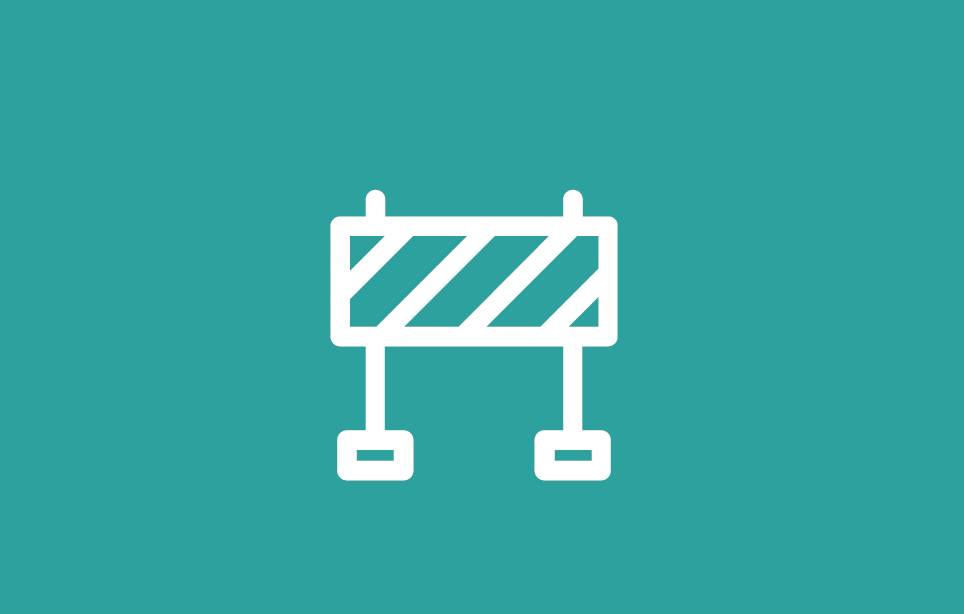

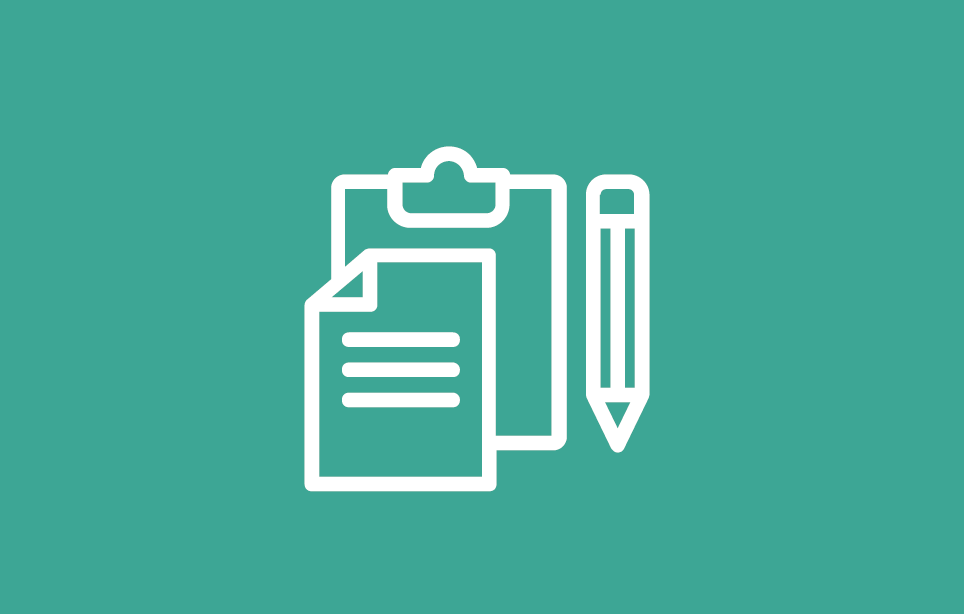

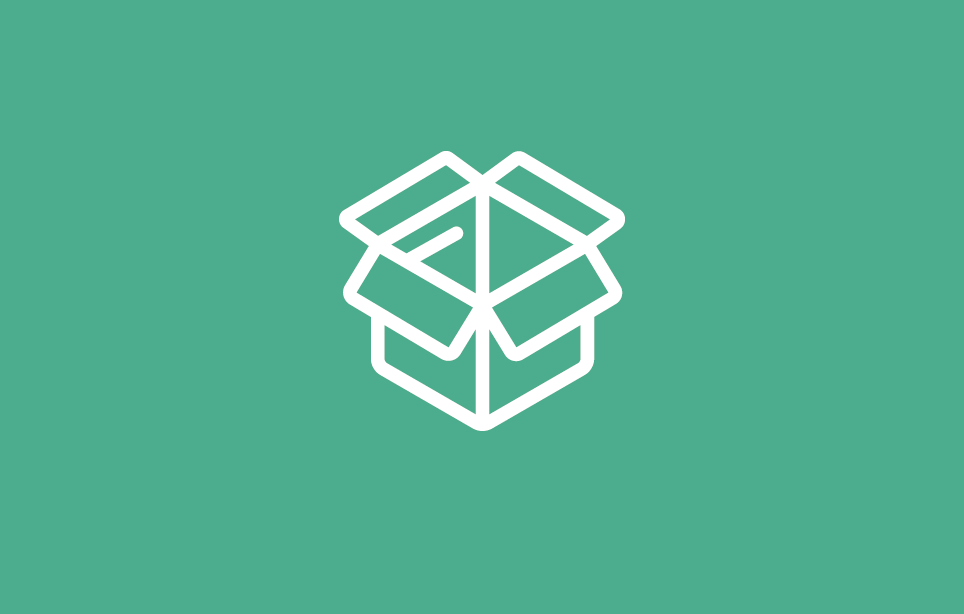

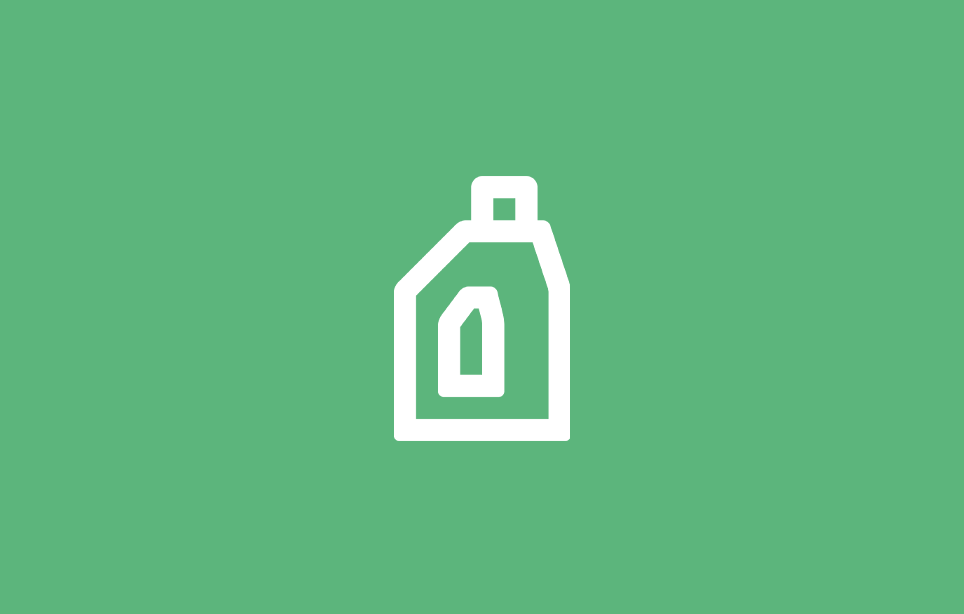
.png)
